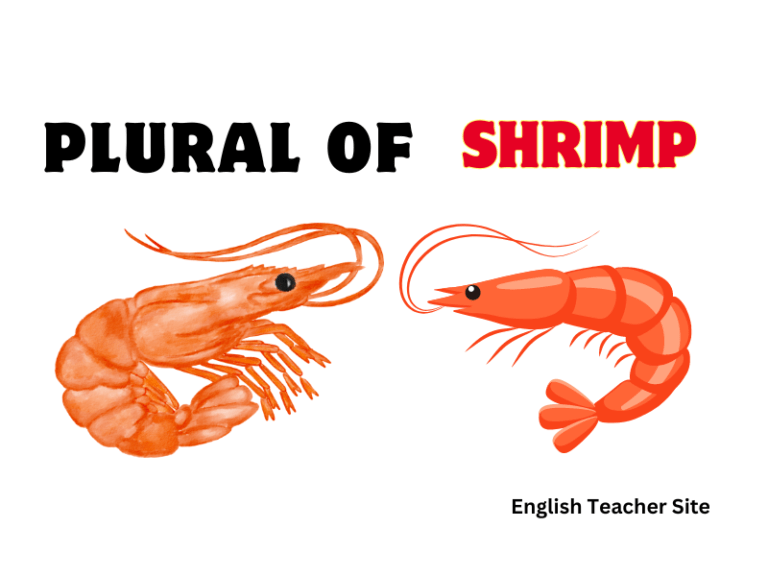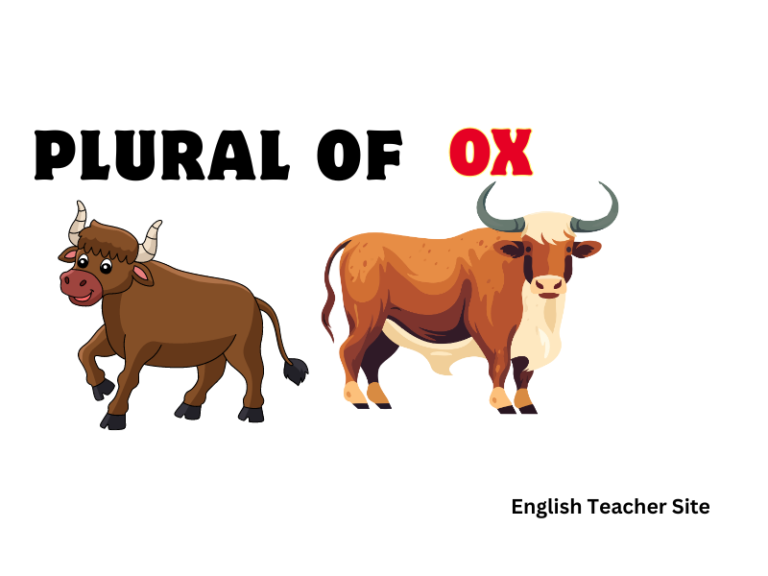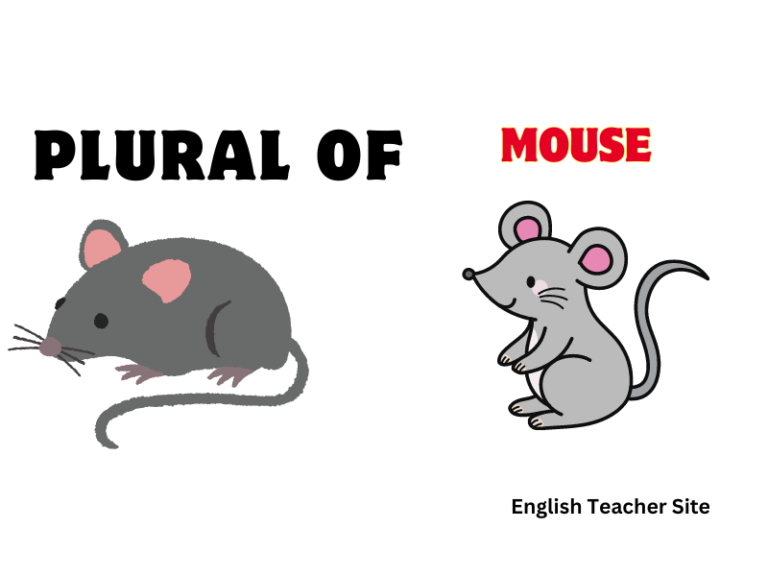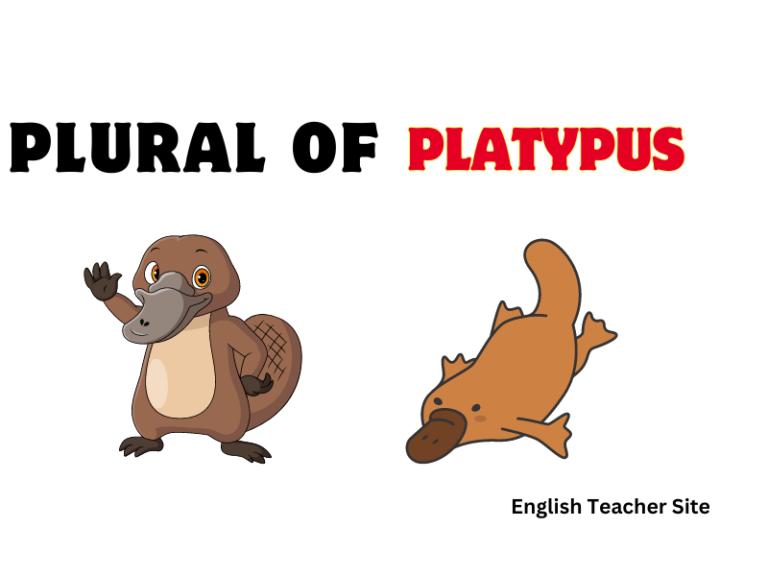What’s the Plural of Leaf? Understanding Regular and Irregular Plurals
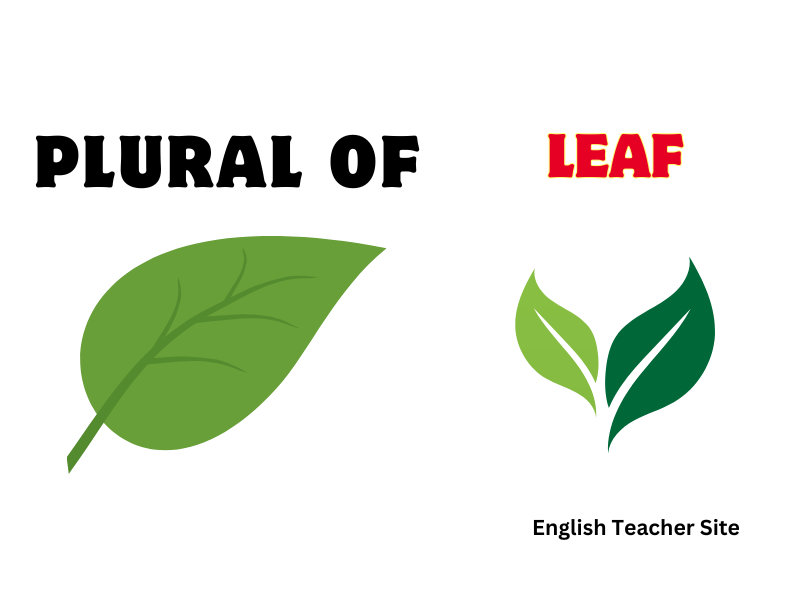
- The plural of “leaf” is “leaves,” demonstrating a common English pluralization rule.
- Not all English nouns ending in “f” or “fe” follow the same rule for pluralization.
- Understanding the plural form “leaves” involves exploring etymology and grammatical exceptions.
Observing a leaf’s journey through the seasons offers an excellent opportunity to explore its plural form. Each leaf contributes to the lush tapestry of foliage before often being collectively referred to in the autumn months when they become a subject of focus as they change color and fall from their branches. The transformation of “leaf” into “leaves” parallels the transformation of the landscape itself. This pluralization intricacy in English forms part of a broader discussion about nouns ending in “f” or “fe” and their exceptions, which can be further understood by examining the word’s etymology and its use in various phrases and sentences.
What’s the Plural of “Leaf”?
English is replete with exceptions, and the word “leaf” is one such example. It adheres to an old rule applied to certain words ending in “f” or “fe.”
The plural of “leaf” is not formed by the conventional method. Instead, one must replace the terminal “f” with “ves.” The following tables provide clarity:
| Singular | Plural |
|---|---|
| leaf | leaves |
This linguistic phenomeon is seen in other words as well:
| Singular | Plural |
|---|---|
| wife | wives |
| thief | thieves |
| knife | knives |
When pluralizing “leaf,” it’s important to note:
- It is an irregular plural.
- The transformation involves both a spelling and a phonetic change.
In a sentence, one might say:
- Single: The maple tree has one beautiful red leaf.
- Plural: The ground was covered in colorful maple leaves.
Defining the Word “Leaf”
In botanical terms, leaf is fundamental to understanding plant structure and function. Literally, it is the organ responsible for photosynthesis, the process by which plants convert sunlight into energy. Now, let’s break down the attributes and the linguistic aspects of the word “leaf.”
Attributes of a Leaf
A typical leaf comprises three main parts:
- Blade: The broad, flat portion
- Petiole: The stalk attaching the blade to the stem
- Stipules: Small leaf-like appendages at the base of the petiole
Biologically, leaves vary in their shapes, sizes, and adaptations, serving multiple functions beyond photosynthesis, such as transpiration and gas exchange.
Linguistic Angle
Leaf, like most nouns in English, can transform into its plural form. It follows an irregular pattern where the plural form is not made by simply adding an “-s” or “-es”.
| Singular | Plural |
|---|---|
| Leaf | Leaves |
The change from “leaf” to “leaves” occurs due to a historical spelling rule for English nouns ending in “f” or “fe.”
Notable Points:
- The spelling changes by dropping the “f” and adding “ves.”
- This rule applies to several other nouns following a similar pattern.
Nouns Ending in “–f” or “–fe”
For words ending in “–f,” the typical rule is to change the “–f” to “–ves” when forming the plural.
Examples include:
| Singular | Plural |
|---|---|
| leaf | leaves |
| wolf | wolves |
| shelf | shelves |
However, not all nouns follow this pattern. Some simply require adding an “-s.”
For instance:
| Singular | Plural |
|---|---|
| belief | beliefs |
| chef | chefs |
| roof | roofs |
Nouns that end in “–fe” often follow a similar pattern to those ending in “–f.”
| Singular | Plural |
|---|---|
| knife | knives |
| life | lives |
| wife | wives |
Yet, just like with “-f” endings, there are exceptions:
- safe becomes safes
- giraffe becomes giraffes
To summarize, most nouns ending in “–f” or “–fe” are pluralized by changing the ending to “–ves,” but there are exceptions that simply add “-s.”
Examples of the Word “Leaf” in Sentences
Below are examples showcasing the word “leaf” in various sentences. These examples help clarify its proper use in different contexts.
Singular Use:
- A single leaf fluttered to the ground.
- She pressed a leaf between the pages of her book.
- A leaf’s color can indicate the health of a plant.
Plural Use:
- The autumn leaves formed a colorful carpet on the sidewalk.
- Children love to play in piles of fallen leaves.
- The tree sheds its leaves every winter.
| Singular Sentence | Plural Sentence |
|---|---|
| The leaf on the tree shone with morning dew. | The leaves rustled in the gentle breeze. |
| He noticed a leaf floating on the surface of the water. | Autumn brings a canopy of red and gold leaves. |
- Singular: When referring to one, use “leaf”.
- Plural: When referring to more than one, use “leaves”.
Examples in Literature:
- “The last leaf clings to the bough.”
- “Leaves of Grass” is a renowned collection of poems by Walt Whitman.
Examples Using the Word “Leaves” in Sentences
Here are examples of “leaves” in sentences:
| Simple Present Tense | Simple Past Tense |
|---|---|
| The tree sheds its leaves in autumn. | The ground was covered after the tree shed its leaves. |
| She rakes the leaves into big piles. | They raked the leaves yesterday. |
- In the spring, the leaves emerge from the branches.
- A gust of wind sent the leaves twirling to the ground.
- Children love to jump in piles of colorful autumn leaves.
Descriptive use:
| Noun Description | Verb Description |
|---|---|
| The maple tree’s leaves turned a brilliant red. | She leaves the window open to let in fresh air. |
- The leaves from the oak tree are distinct in their lobed shape.
- Artists often draw inspiration from the intricate veins of leaves.
Collective Nouns for “Leaves”
Types of Collective Nouns for Leaves:
| Situational Context | Collective Noun |
|---|---|
| In a forest | A stand of leaves |
| On the ground | A carpet of leaves |
| In a pile | A heap of leaves |
| Held together | A bunch of leaves |
Each collective noun above is chosen based on the leaves’ arrangement or the purpose they serve.
Usage in Sentences:
- A stand of leaves provides shelter to numerous forest creatures.
- After the autumn season, a carpet of leaves covers the backyard.
- The children jumped into a heap of leaves collected on the sidewalk.
- She gathered a bunch of leaves for her herbarium project.
- A cluster of leaves might be used to describe leaves that are closely bunched on a stem.
- A wreath of leaves often signifies leaves arranged in a circular fashion, typically as a decorative piece.
Phrases with the Words Leaf/Leaves
Idiomatic Expressions
| Phrase | Meaning |
|---|---|
| Turn over a new leaf | To start anew, often improving one’s behavior or habits |
| Take a leaf out of someone’s book | To imitate or follow someone’s example |
| Shake like a leaf | To tremble with fear or nervousness |
Seasonal References
| Phrase | Context |
|---|---|
| Autumn leaves | The colorful leaves that fall from trees in autumn |
| Leaf-peeping | Observing and enjoying the colorful fall foliage |
Phrases like “turn over a new leaf” or “shake like a leaf” showcase how these words are anchored in English expressions. Additionally, activities such as “leaf-peeping” highlight the cultural importance of the changing seasons as represented by leaves. These phrases demonstrate the blend of literal and metaphorical uses of the words “leaf” and “leaves.”
Descriptive Language
- A leafy suburb – Describing an area abounding with trees and foliage.
- The rustling of leaves – The sound made when leaves are stirred by the wind.
Etymology of the Word “Leaf”
In exploring the etymology of the word “leaf,” we find its origins deeply rooted in historical language. The word “leaf” springs from the Old English word “lēaf,” which shares a kinship with similar words in other Germanic languages.
The ancient linguistic journey of ‘leaf’:
- Old English: The term “lēaf” was used by the Anglo-Saxons and has been documented in texts dating back to before the 12th century.
- Proto-Germanic: The word traces further back to the Proto-Germanic “*laubaz.”
- Pie Roots: Looking deeper into etymology, scholars connect it to the Proto-Indo-European root “*leubh-,” meaning to peel, to break off.
Transformations in ‘leaf’ through languages:
| Language | Term | Notes |
|---|---|---|
| Proto-Germanic | *laubaz | Early precursor to ‘leaf’ |
| Old Norse | lauf | Cognate sharing similar meaning |
| German | Laub | Refers to foliage |
| Dutch | loof | Pertains to leaves |
Traditionally, the term has signified the green, photosynthesis-conducting structures of plants and trees. However, the figurative use of “leaf” to denote pages in books likely stems from the resemblance of a page to the flat, thin nature of a leaf.
| Context | Use of “Leaf” |
|---|---|
| Botany | Refers to a plant organ |
| Literature | A single sheet of paper |
| Expression | “Turning over a new leaf” |
Sources
- Wikipedia: leaves.
- Definition of a leaf Brittanica.
- Etymology of leaf.
- I-mutation
- Plant leaves collectively: foliage.
- McGraw-Hill Dictionary of American Idioms and Phrasal Verbs.
My name is Khamis Maiouf. I am the creator of the English Teacher Site, dedicated to providing valuable resources and insights for students around the world. With a passion for education and a commitment to helping students enhance their skills, I aim to make English teaching more effective and enjoyable for both educators and students.

